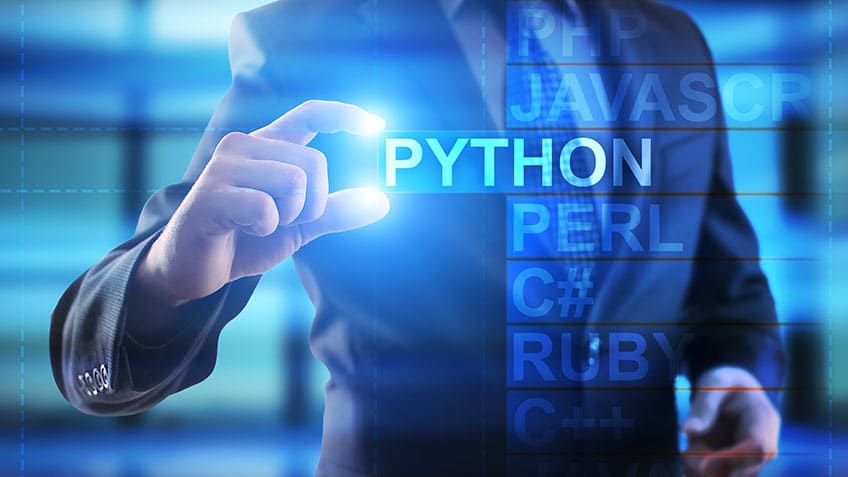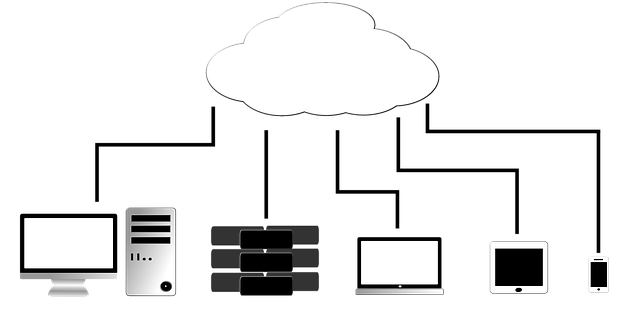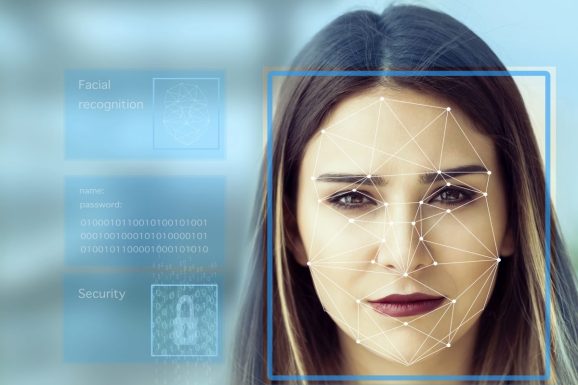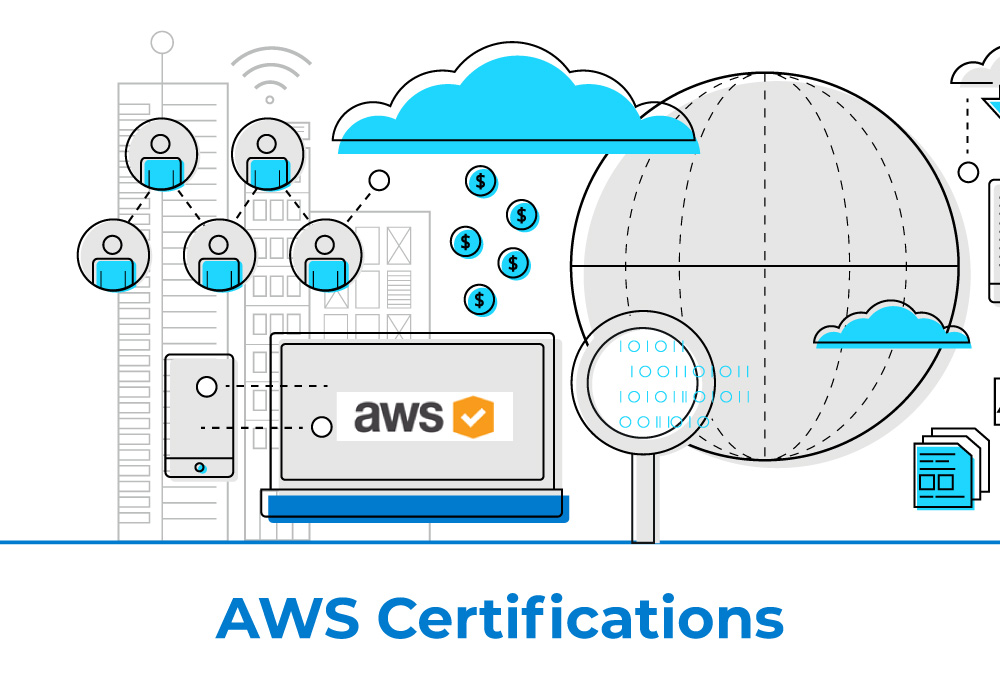Data science has become a popular topic for many individuals in the technology community. Data is everywhere, from smartphones to robots to the car. A large number of data generated by this device requires tools and procedures for analysis and decision making.
Python quickly became a popular programming language used in colleges, universities and schools around the world. Python is fast and agile with libraries that support tasks such as network automation and game development. Python ecosystem has developed a library to handle data analysis and is often taught in data science programs.
The blog series will introduce the TOPCODER community to the fundamental data science and Python programming. Through the use of Python, the reader will get used to the technique to utilize to answer questions and make recommendations. This series will be presented in the following way using a sample program to strengthen the concept:
Lifecycle Science Data: Data science certification has a certain life cycle used for analysis and is used by companies throughout the world. This lifecycle is a way to create hypotheses and test the hypothesis using statistical techniques. In this blog, data, data science, and data analysis will be defined, provide a reader context because they understand the life cycle. The scientific method will be compared and contrasted with the life cycle, record differences and equations.
The term science and data analysis are a term used alternately.
Python Introduction: Using a small data set is available online and utilizing NumPy, SciPy, AMD hard to run basic statistical analysis in the data set. This analysis includes the steps of the central tendency, probability distribution, and hypothesis testing on data. OpenStax has published statistical books that explain the concepts above and free to use. OpenStax also has free business statistics books too.
The second post that deals with Python see operation and input / output variables through other sample programs. This program will also show you how to mention variables and view data types, it is important to understand data analysis and data science. The mathematical library will also be introduced with the emphasis of statistical libraries in the core of Python.
Furthermore, this series continues by looking at the decision statement and how they are different from other programming languages used. Python is unique because there is no case statement in language.
Then, Series take the loop that emphasizes the use of lists, sets, and dictionaries. Special attention will be given to the loop that allows programmers to switch through data. This is an important topic when data scientists work with large data sets every day in their work for companies and organizations. Concepts such as large notation and algorithmic complexity will be explained.
Although not used specifically in data science, object-oriented analysis and design will be served. Object-oriented analysis and design is a way to set up programs around the module. The vocabulary used to describe data will be explained by using the sample class. The following are Wikipedia articles that explain the concept.
The blog series then looks at the following library with a sample program that shows this library: NumPy, SciPy, sicca-learn, hard, and TensorFlow. This library forms the basic data science using Python.
The final post is a comprehensive case study using all concepts presented in the series. One moderate to large data collection will be analyzed using the tool presented in the series.
Discussion
This case study can function as a useful post for individuals who participate in the data science competition.
For some top coder members, this will function as a basic computer programming review, but with a reliable context. For other readers, this is an introduction that can be accessed for Python using a simple case study, but it is strong to push the concept of home. I do not include any aspects of data science in the outline because this is just a tutorial on the concepts of data base data. The following links to the library that I will discuss in the upcoming post to help you get started with Python:
Core Python (including math modules and statistics plus beginner tutorials):
NumPy.
Scixxy.
Hard.
Learn.
TensorFlow.
– Towards data science is a popular middle blog that explains science data in detail. Use this blog to get more insight on the topic discussed for this blog. Here’s the link: https://towardsdatascience.com
– Data Science Central is a website on the Ning platform dedicated to this field. Data Science Central has their internship advertises to members plus eBooks on the topic of data science. You need to register. This is the link: https://datascencecentral.com.
– There is a forum to discuss concepts.
– Another useful site for this series is real Python: https://realpython.org. Real Python is the idea and Bader, a popular YouTuber in the Python community.
Many of these libraries have sandboxes online to try library features and tutorials to make you start programming with this python module. In the next blog post, I will explain the scientific life cycle of data in detail with several examples in various sectors. Until then, Happy Coding!




